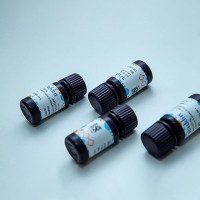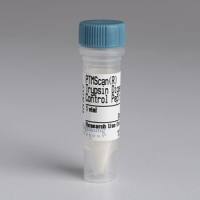Polymerase Chain Reaction-Mediated Mutagenesis in Sequences Resistant to Homogeneous Amplification
互联网

互联网

相关产品推荐

Recombinant Tartrate Resistant Acid Phosphatase Antibody,ExactAb™, Validated, 重组, Lot by Lot,阿拉丁
¥499.90

10×Capping Reaction Buffer,医药级, PharmPure™, 10×,阿拉丁
¥250.90

Fibrinogen Gamma Chain重组蛋白|Recombinant Human FGG Protein
¥1790

LRP1-mediated Endocytosis and Transmission of Tau Antibody Sampler Kit
¥500

Recombinant-Oryza-sativa-subsp-indica-Bidirectional-sugar-transporter-SWEET11SWEET11Bidirectional sugar transporter SWEET11; OsSWEET11 Alternative name(s): Disease resistant allele Xa13
¥11508

